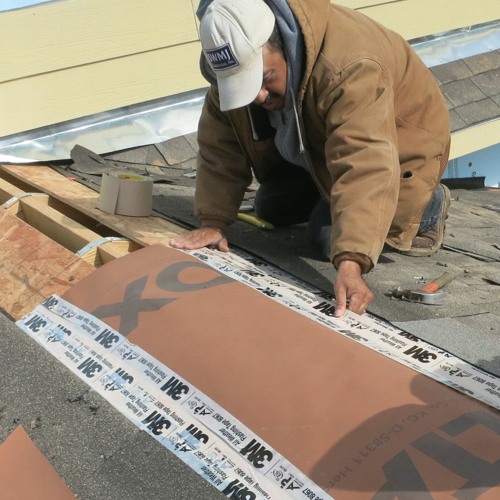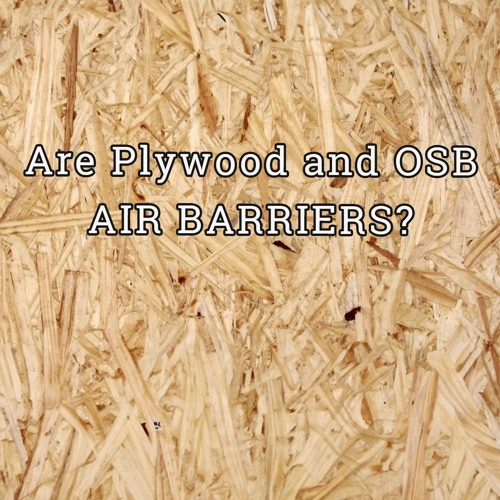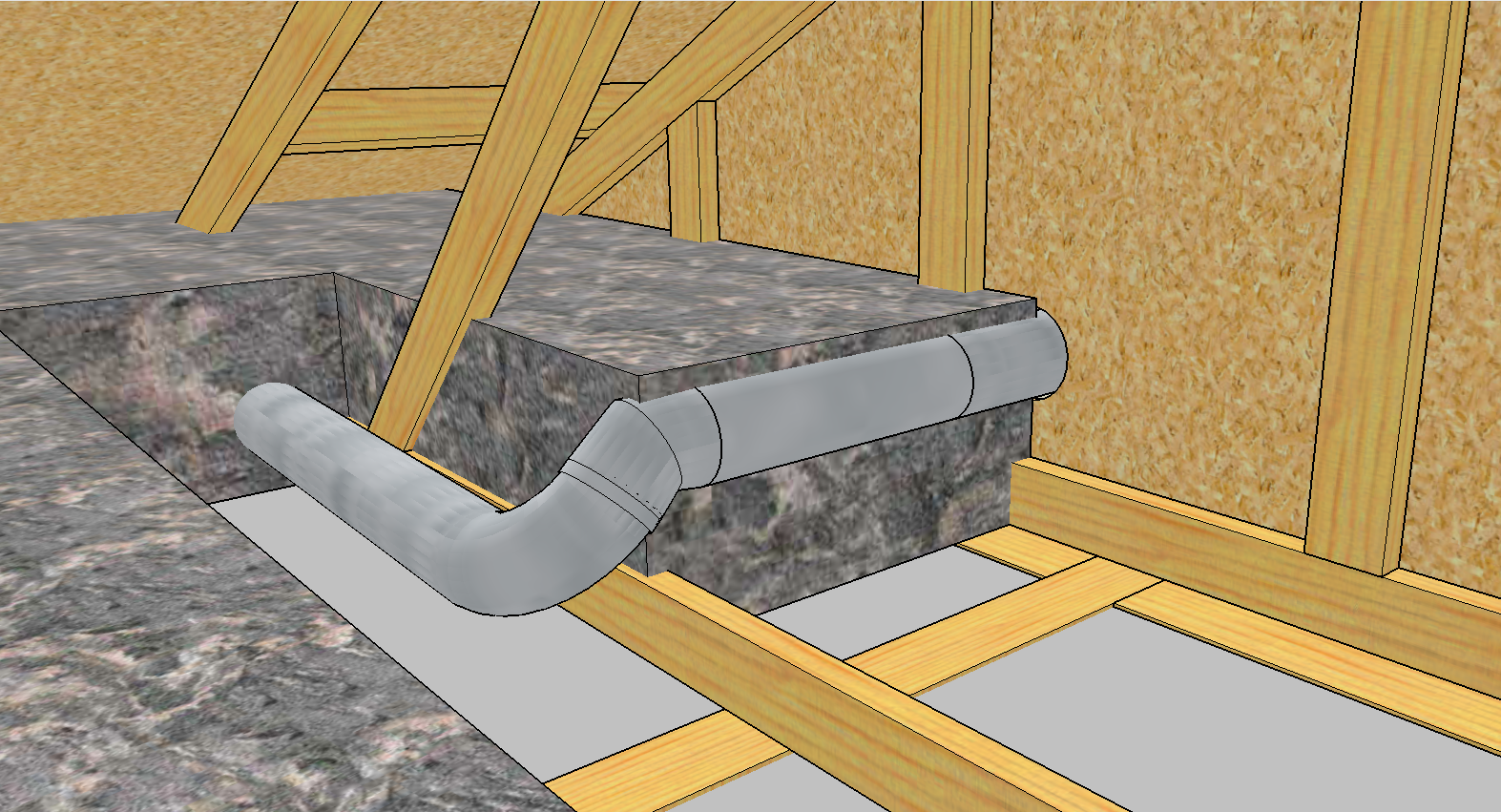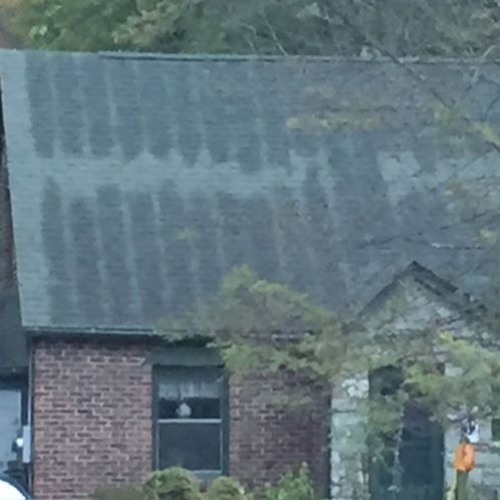During a "Building Science Fundamentals" class taught by Dr. Joe Lstiburek of BuildingScience.com, a question came up:
Termite shields are metal profiles, often fabricated from coil stock, to interrupt the pathway for termites between the soil, where they live, and the wood framing that they eat. Like flashings, they should be extremely durable, so non-corrosive metals, like galvanized steel, stainless steel, or copper, are great choices.
Transcript:
Betsy Pettit: "Jim was asking back when you were talking about the foundations, 'Do termite shields really work?' "
How effective are termite shields?
Dr. Lstiburek: "Yes, they really really really work, but they have to be continuous, and they have to be sealed to the foundation, and they have to overlap at the edges. They need to be absolutely freaking perfectly sealed; you have to be fastidious.
Who does this better than anybody? The people in Hawaii. Why? Because they have termite World Central, and they figured it out. They figured it out: termite shields do work, but you've got to be insanely good."
You can learn more about this at buildingscience.com's article Pests Can Really Bug You, about integrated pest management.











